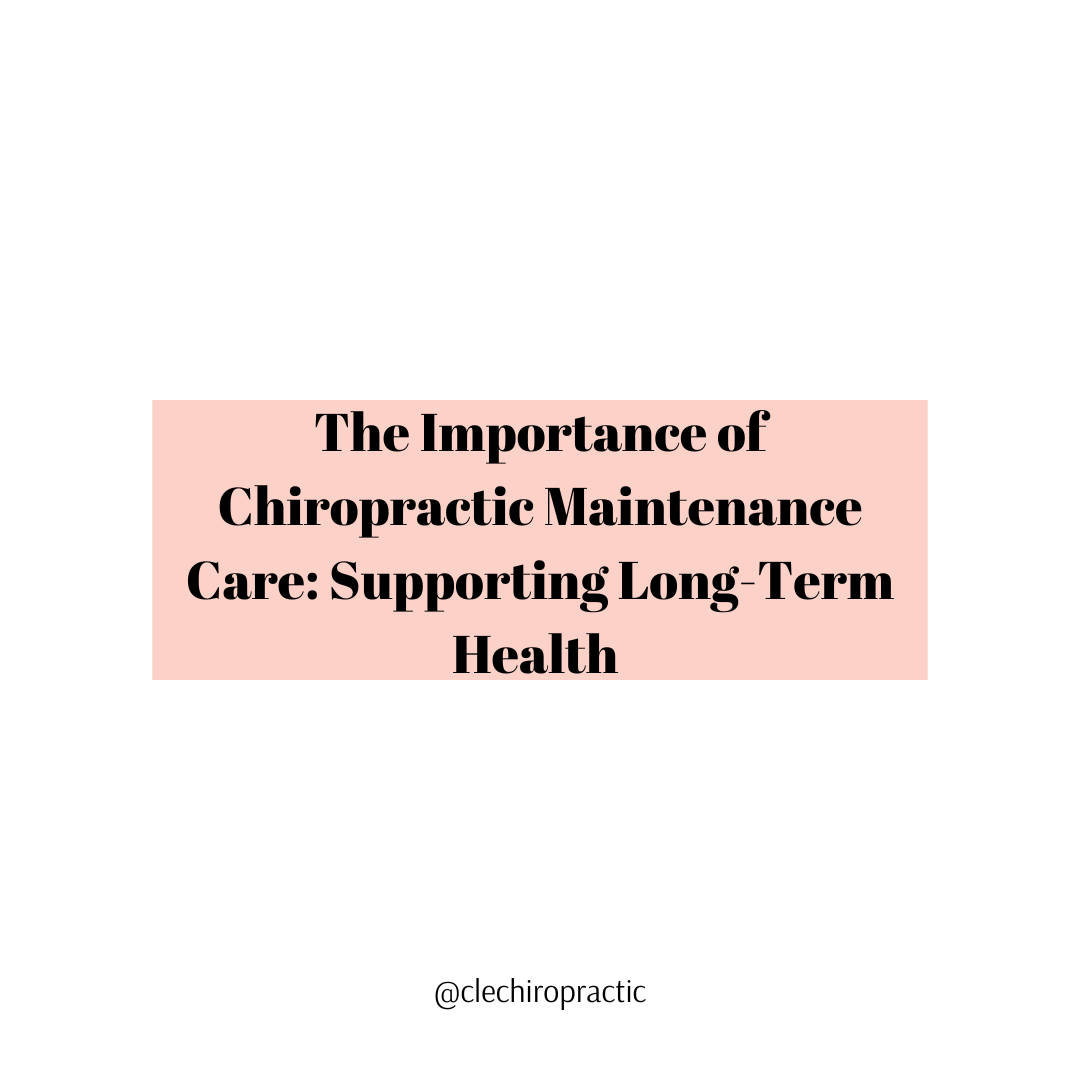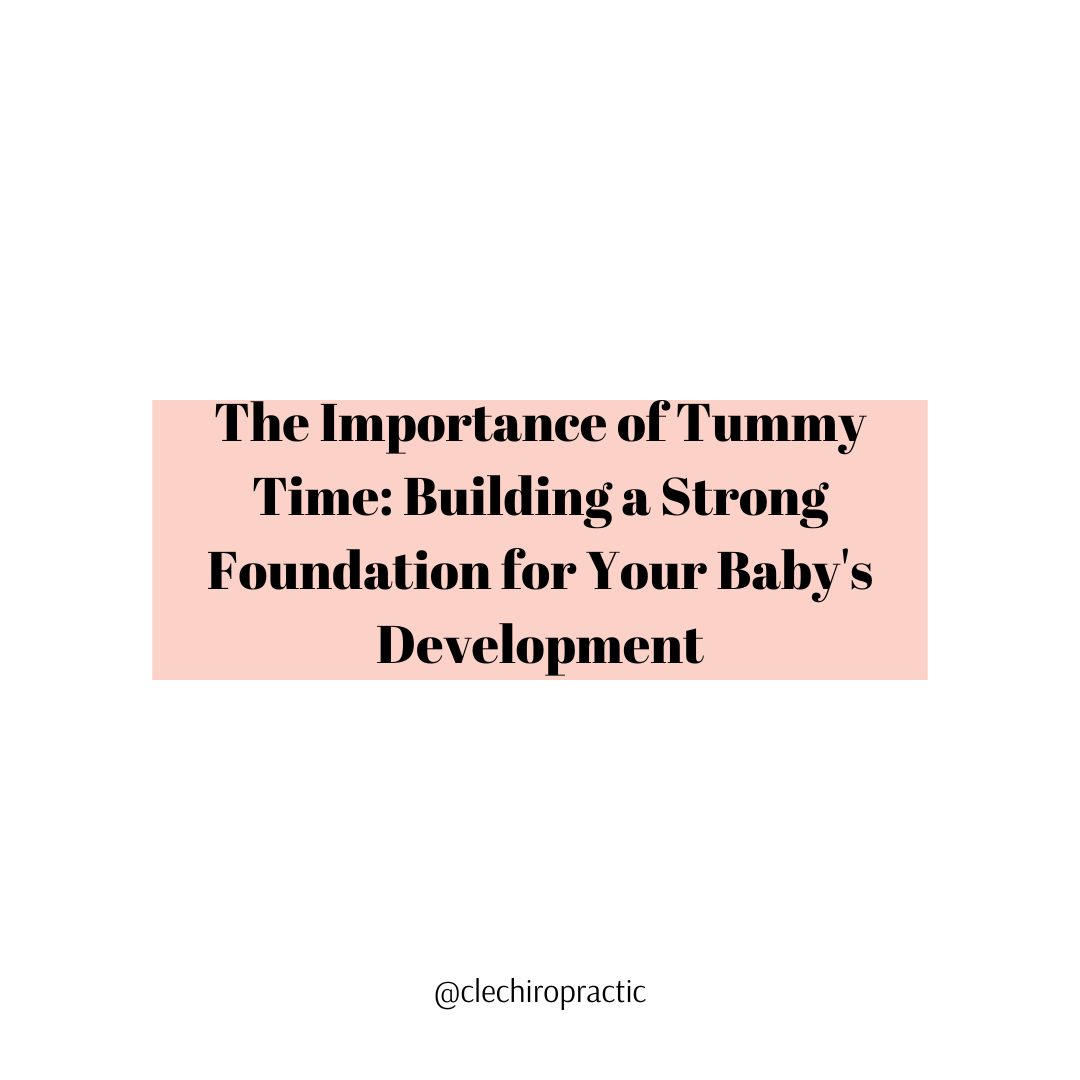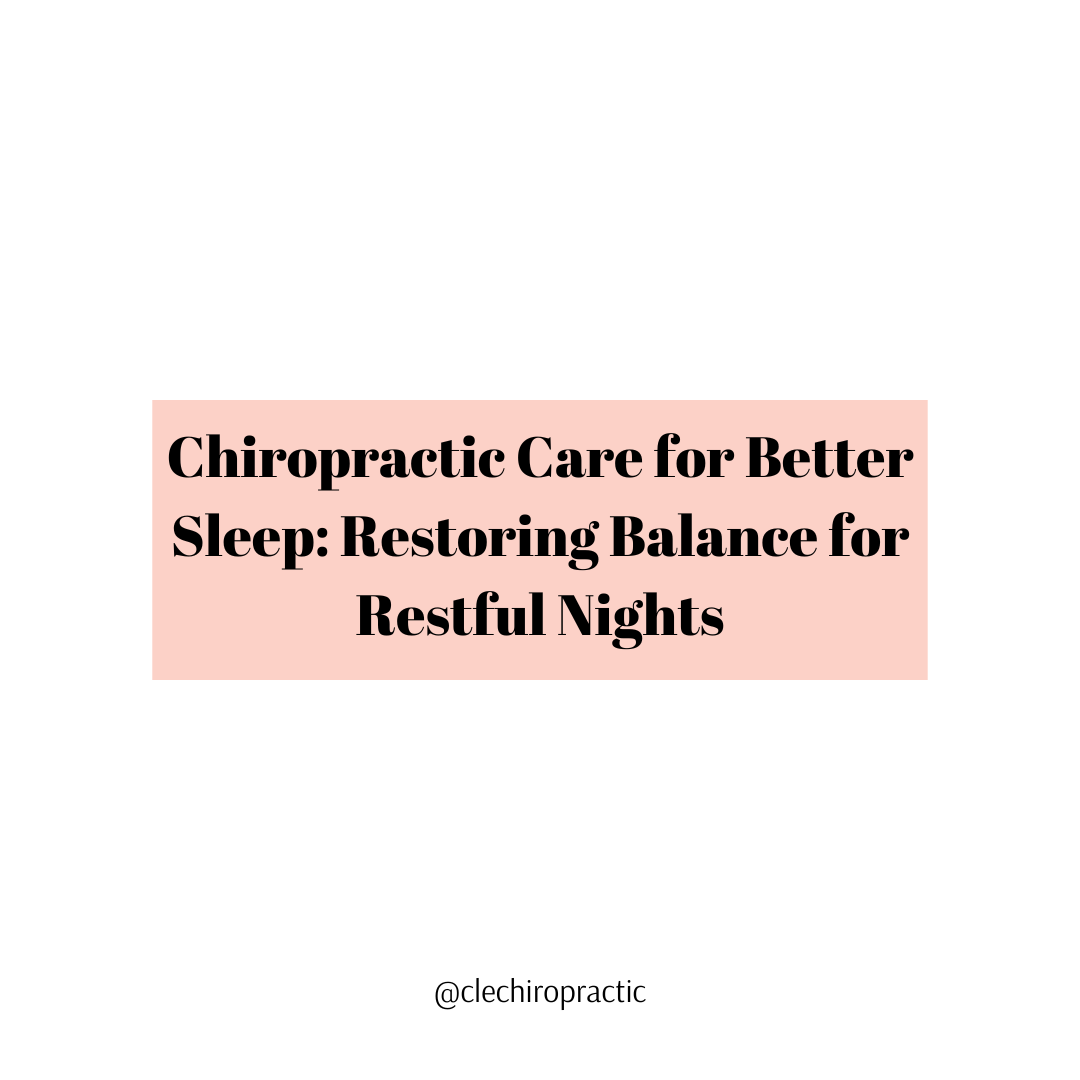Diastasis rectus abdominus (DRA) is a separation in the rectus abdominus muscle. As a BIRTHFIT Professional and chiropractor specializing in pregnancy and postpartum, this is one of the most common topics in my office. DRA can be seen in both women and men (as men do have a core and pelvic floor). It is not uncommon for DRA to be present in women pre-pregnancy as well as during pregnancy and the postpartum period. Most, but not all, women will see some separation of the rectus abdominus around 20 weeks. This separation is commonly seen during the postpartum period, as connective tissue can take up to 280 days to heal. For some, healing DRA can require no work and for others, healing DRA can require a lot of exercise and work, but can be done!
In this country, it is not common practice to recommend that mom has a pelvic floor or musculoskeletal assessment during the postpartum period. Ideally, I am seeing my moms within the first two weeks PP and again at 6 weeks PP (unless there is another underlying issue we are treating). At the 6-week postpartum visit we are assessing the diastasis recti, continuing with breath work, and beginning to introduce (or re-introduce) functional progressions and posterior chain work. I strongly suggest at this time mom enrolls in my Postpartum Recovery Program. Remember, your midwife or OB is not a musculoskeletal specialist. He or she is trained to make sure your baby is carried and welcomed into this world safely. This is most likely not a topic that they are well educated on, especially when it comes to the healing process of DRA.
There is a lot of information on the Internet that is conflicting and this can be SO CONFUSING, especially as a new mom. It common for DRA to not be healed prior to future pregnancies. While most of the buzz around DRA is seen in the postpartum period, it is never too early to work towards supporting your body during pregnancy. If you are seeing a MSK specialist during your pregnancy, please be sure they are assessing and monitoring your DRA and utilizing functional exercises in their treatment plan.
Peeing your pants with movements, even if it is “just” when you sneeze, cough, and jump is common, but it is NOT normal, even if you have had multiple children or birthed a 10lb baby. This is a huge signal that there is dysfunction in the core and the pelvic floor. If this is something you are experiencing, I strongly suggest you set up an appointment with a pelvic floor specialist and MSK provider who specializes in this work and begin the process to heal from within.
So now, how Do I heal my diastasis?
**Note: please please please do not workout during the first two weeks postpartum. You are still healing. Snuggle your baby and work on breathe work. **
Breath (breathing correctly, using your diaphragm). Do. Not. Suck. Your. Stomach. In. Proper breath work and breathing with intention is not as easy as it looks. It is common for many to breathe into their chest and not down into the abdomen. This pattern requires a lot of effort to retrain.
Avoid exercises and movements that put stress on the linea alba. These include, but are not limited to: crunches, toes to bar, knees to elbow, mountain climbers, sitting up from lying down (like a sit-up), or lying down from a seated position. When stress is put on the linea alba, we commonly see “tenting”. Why do we avoid sit-ups? Well, sit-ups single out one muscle (rectus abdominus) and our bodies are not designed to use single muscle groups, our bodies are designed to move functionally. Our functional core begins at the neck and goes all the way down to the pelvic floor, including the diaphragm, erector spinae, and the abdominal musculature. This is also why kegals are not the best exercise to heal your core and pelvic floor. When during your regular routine do you have to stop and think “let me do a kegal to make sure my pelvic floor is activated”? No, you don’t. Our pelvic floor needs to be activated when we are doing things like running, squatting, and playing on the ground with our kids. Training the core with functional movements allows us to train the entire core (including the pelvic floor) and utilize it during our daily activities. While we are on the topic of things to avoid, please DO NOT use vaginal eggs, jade eggs, or do any “vagina weightlifting”.
Complete functional exercises (everyday, if not twice each day!) that create stability while maintaining intraabdominal pressure (IAP). Referring back to the information that is seen on the Internet, please please please do not do any crunches or exercises that involve sucking your belly button to your spine and zipping of the transverse abdominus and please do not suck in your stomach. Your new postpartum body is going to take some getting used to, but you grew, nurtured, and birthed a HUMAN BEING. How amazing is that? This space in your womb that once held a life, is now empty and this can leave you feeling the same. The BIRTHFIT Functional Progressions are designed to heal the core and pelvic floor while waking up the posterior chain. *These exercises require adequate intraabdominal pressure (IAP) to be done correctly. See a BIRTHFIT Professional or DNS (Dynamic Neuromuscular Stabilization) Practitioner to ensure you are creating IAP in all four quadrants*
See a chiropractor for manual work, including adjustments. Whether you are pre-pregnancy, pregnant, or postpartum, regular manual work and adjustments is an important key to healing DRA that is frequently missed. Ensuring that joints are moving properly is crucial for good posture, which is a necessary for using the diaphragm fully.
Not all chiropractors are created equal. Not all chiropractors are the right chiropractor to care for you during your pregnancy or your postpartum period. Chiropractors vary in their style of practice, techniques, and values. Find a chiropractor with whom you share values with and whose office you enjoy visiting.
NOTE: Many times in this article I referenced things, like DRA and peeing your pants, as common. Please note that common does not equal normal. Work needs to be done until normal is common.
Interested in scheduling an initial appointment for an evaluation and treatment? Schedule online now!
Candace Gesicki, DC
Clinic Owner











